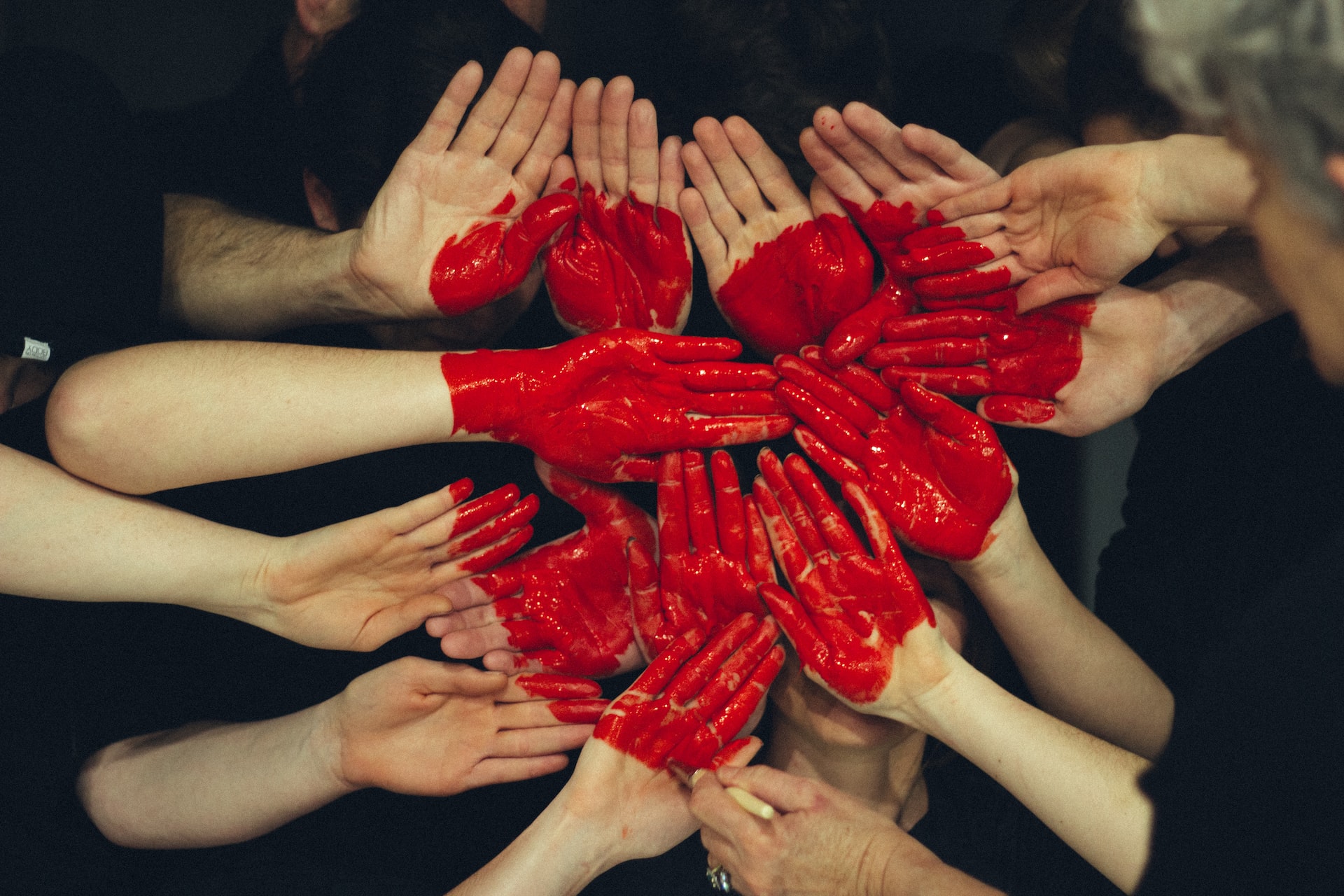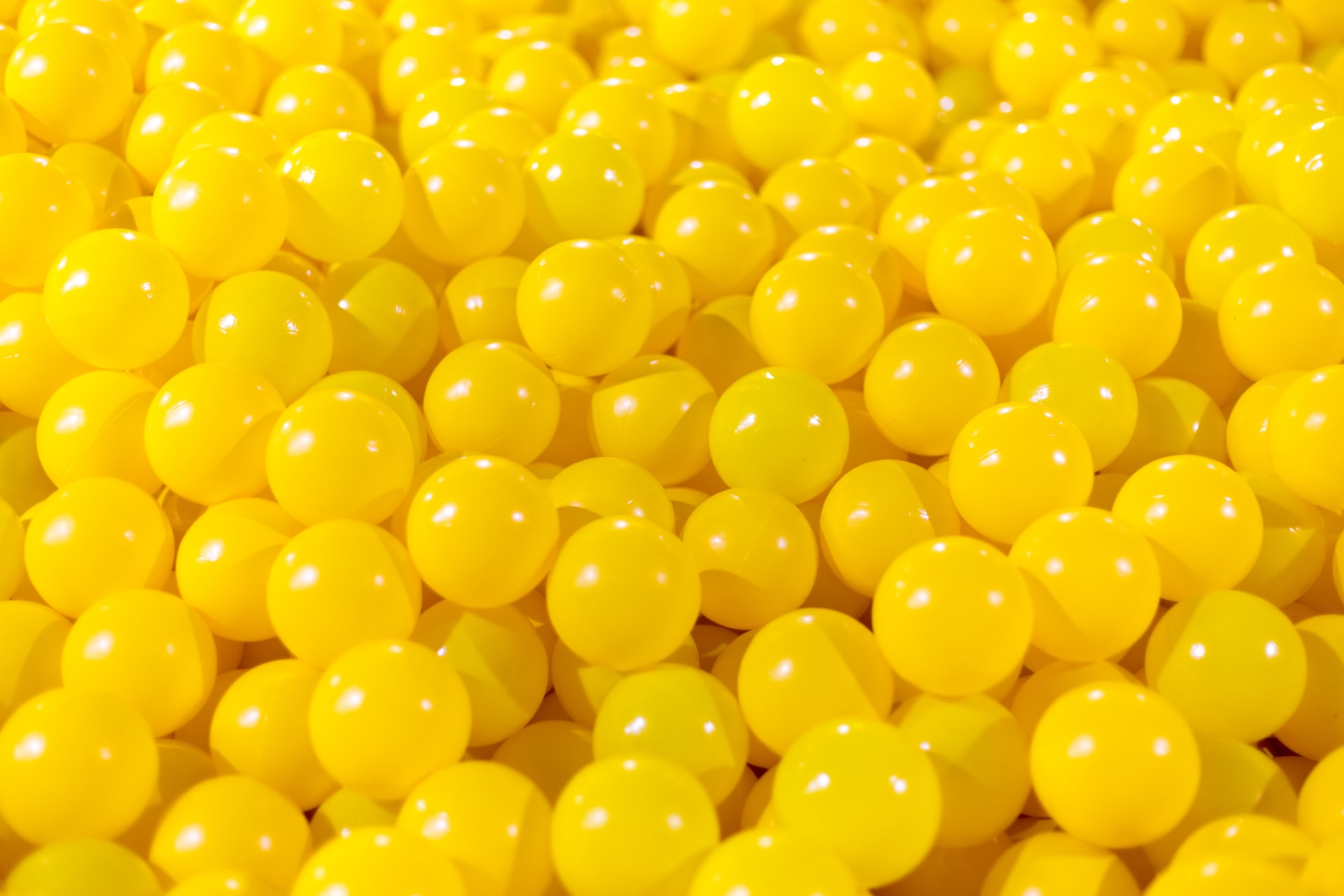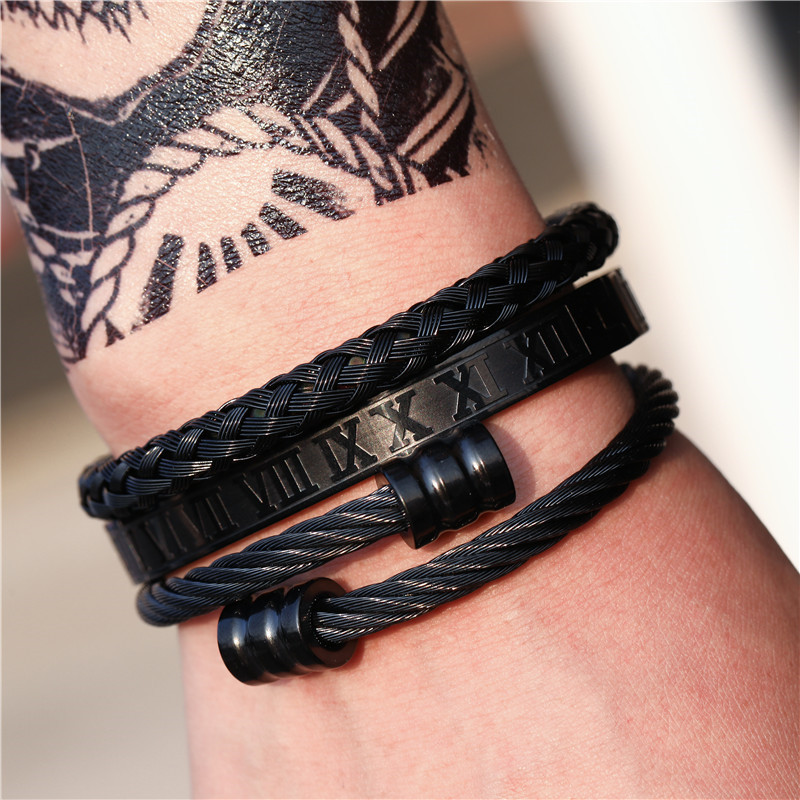Color psychology is the study of how colors can influence human behavior, emotions, and perceptions. Different colors are believed to evoke specific feelings, moods, or responses in individuals. While responses to colors can vary based on personal experiences, cultural background, and context, here are some general associations with colors in terms of psychology.

BLUE
Positive: Calmness, trust, peace, reliability, serenity.
Negative: Coldness, sadness, aloofness.
PURPLE
Positive: Royalty, luxury, spirituality, creativity, wisdom.
Negative: Arrogance, decadence, moodiness.
ORANGE
Positive: Energy, enthusiasm, excitement, warmth, playfulness.
Negative: Overstimulation, superficiality.
PINK
Positive: Love, compassion, sweetness, innocence.
Negative: Immaturity, weakness.
WHITE
Positive: Purity, cleanliness, innocence, simplicity.
Negative: Sterility, coldness.
GOLD
Positive: Wealth, luxury, prestige, success.
Negative: Greed, materialism.
RED
Positive: Excitement, passion, energy, love, action.
Negative: Anger, danger, aggression, stress.
GREEN
Positive: Nature, growth, harmony, balance, freshness.
Negative: Envy, inexperience, greed.
YELLOW
Positive: Happiness, warmth, optimism, creativity, clarity.
Negative: Caution, anxiety, impulsiveness.
BROWN
Positive: Stability, warmth, reliability, nature.
Negative: Dullness, heaviness.
GREY
Positive: Neutrality, sophistication, balance, calm.
Negative: Dullness, indecisiveness.
BLACK
Positive: Elegance, sophistication, formality, mystery.
Negative: Grief, emptiness, darkness.










